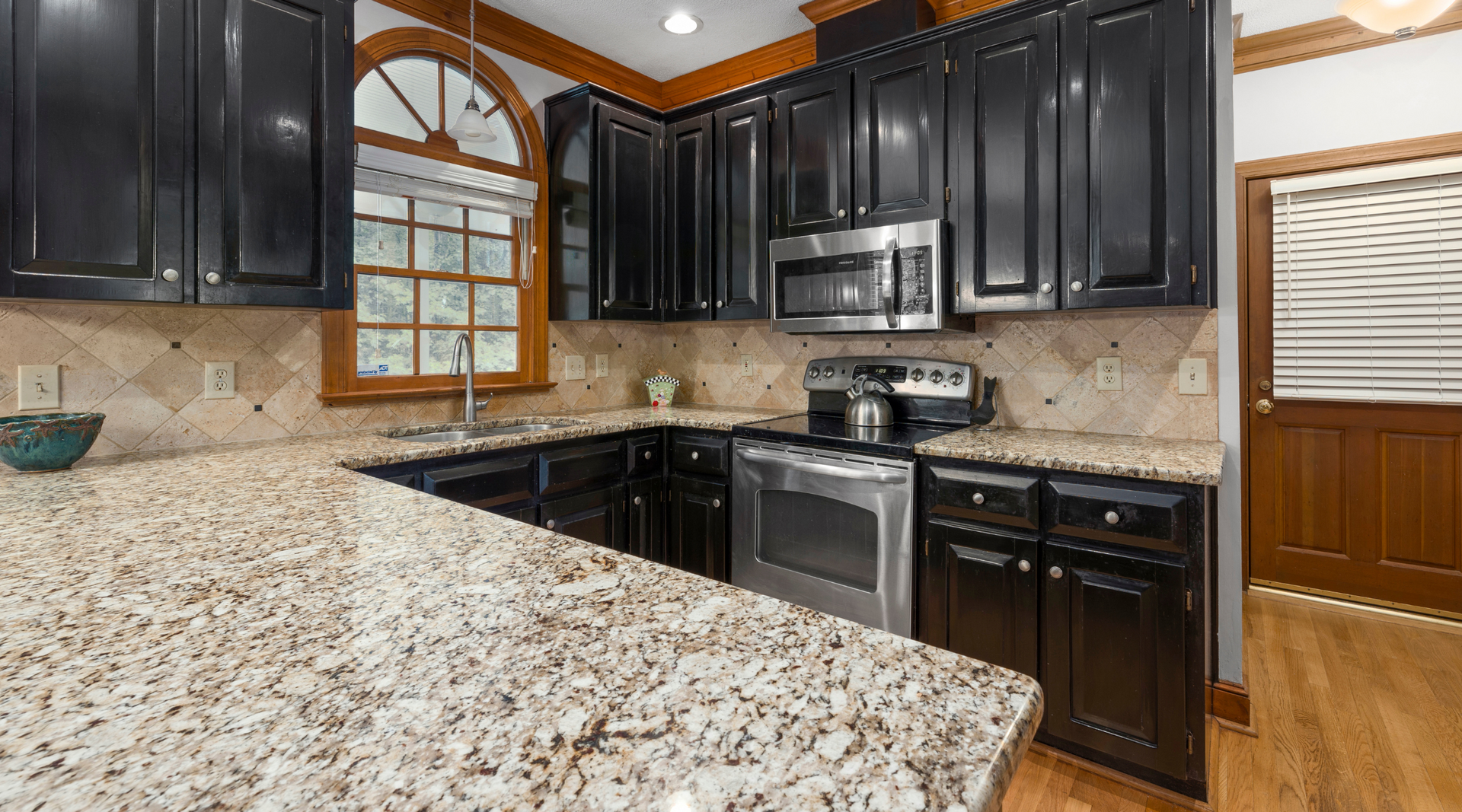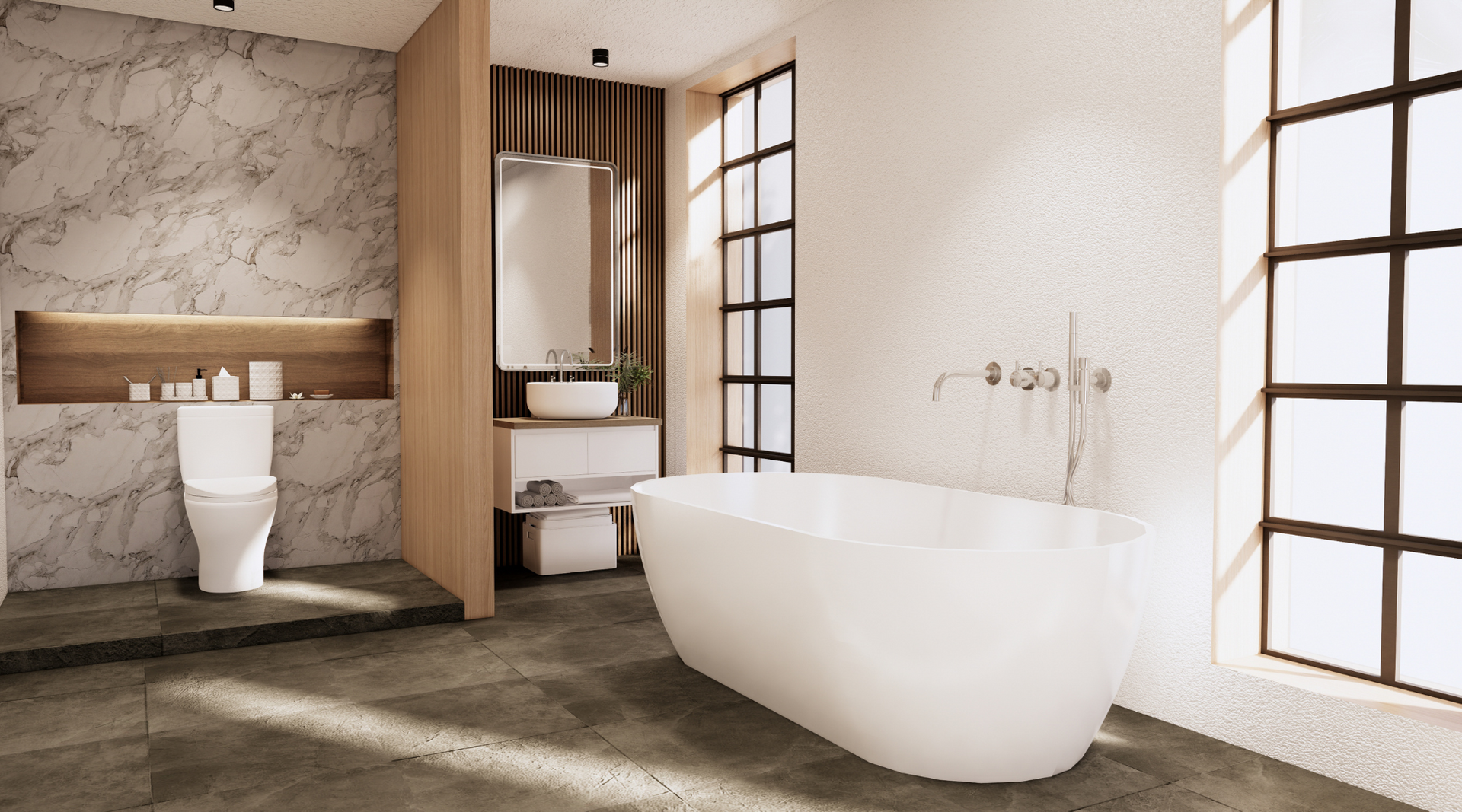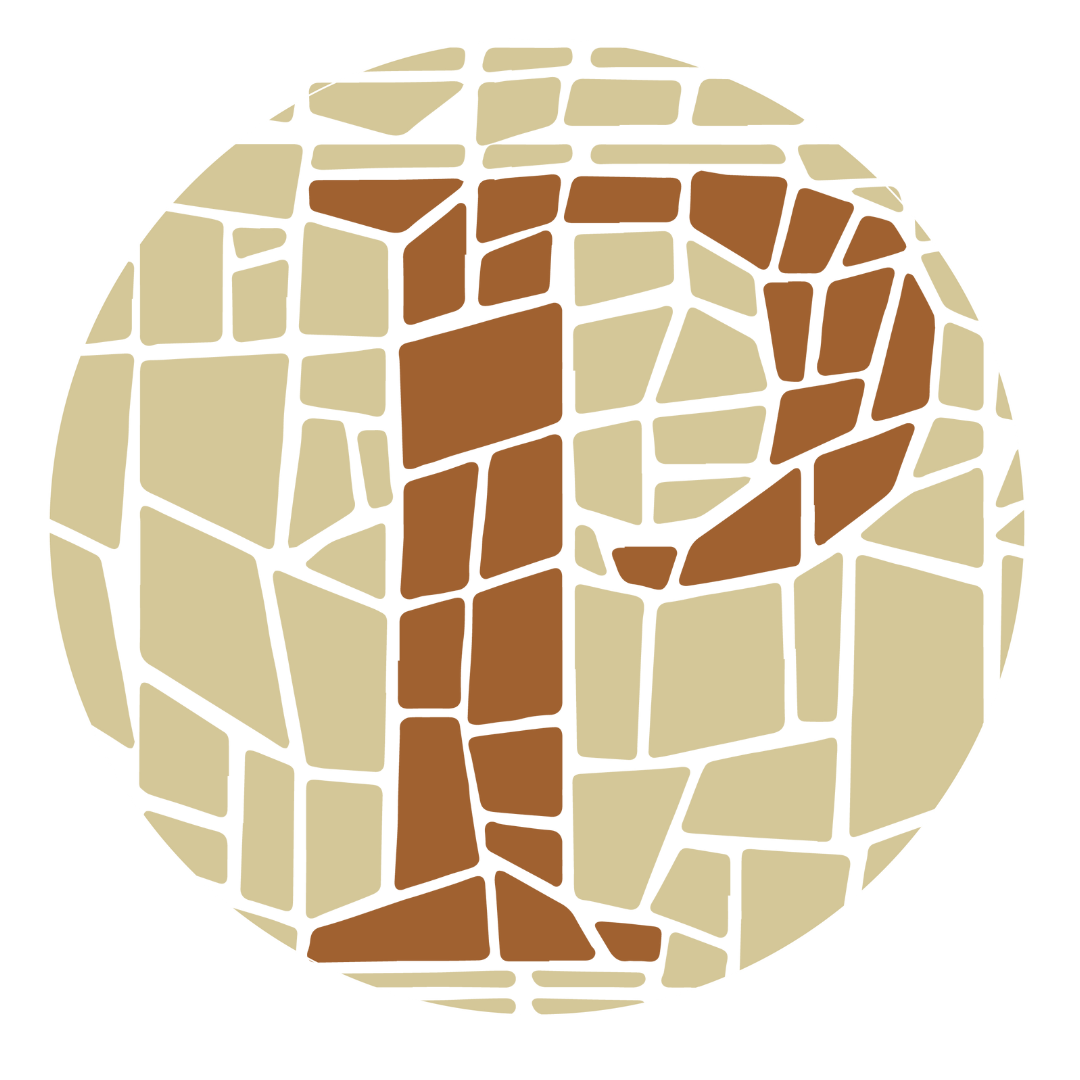Granite: How it Forms in Nature
When you purchase a granite countertop for your home, you probably didn’t think about where the stone comes from. Geology is actually an incredibly interesting science. Here we will take a closer look at the formation of granite in nature, and briefly touch on how it is collected for use in kitchens, bathrooms, and other rooms of the house.
Igneous Rock
Granite is an intrusive igneous rock. Rocks that fall under this classification form from molten rock material crystalizing as it cools below the earth’s surface. Granite is actually the best-known igneous rock as it is so commonly found.
Defining Granite
There are several definitions of granite depending on how in-depth you are looking at it.
General Definition: granite is a coarse-grained igneous rock that is typically light in color. Granite contains quartz and feldspars with minor amounts of other materials including mica and amphibole materials.
Geologist Definition: According to professionals, granite is a plutonic rock composed of up to 50% quartz and the feldspar component is up to 90% alkali feldspar. This definition is more particular, and rock with other components may be classified as “pseudo-granites” of other names.
Commercial Definition: commercially speaking, granite is a rock that is harder than marble and has highly-visible grains. This vague definition allows other stones such as gabbro, basalt, and others to be classified as “granite” to the consumer.
Learn more about granite’s definitions here: https://bsyl.ink/Granite .
How It’s Collected
Granite typically forms in slabs below the Earth’s surface. Granite countertops are of course made of these slabs, as are floor tiles, backsplashes, etc. Because the slab is the most usual form for granite to be in, the extraction process cannot be focused on collection mass amounts at one time. Large-scale blasting would destroy the sheets of rock, making the granite useful for very few tasks. Instead, teams use specialized equipment to slowly and carefully dig around the slab to free them from the material around them. The slabs are placed on trucks to be delivered to various destinations. Each slab can weigh 40 tons and can differ greatly in length, width, color, and grain. These slabs can be cut to more workable sizes or can remain intact. For projects like granite counters and tiles, the slabs are cut to meet the specifications of the space they will be installed in.
Now that you understand more about the most common igneous rock, consider adding some granite to your home! The variability in color, grain, texture, width, and porousness makes granite a great candidate for kitchen countertops. While some slabs will be more suited for countertops than others, granite, in general, is a very dependable natural stone when it comes to kitchen or bathroom surfaces. Granite countertops will last for years to come if you follow these maintenance tips: https://bsyl.ink/MaintainGranite .
You can see all of our granite options on our website: https://bsyl.ink/Custom-Granite . We have so many color and grain options to choose from! You are sure to find a granite that will fit in your kitchen perfectly. Contact us today to learn about our easy installation process at (818) 860 – 7142.











